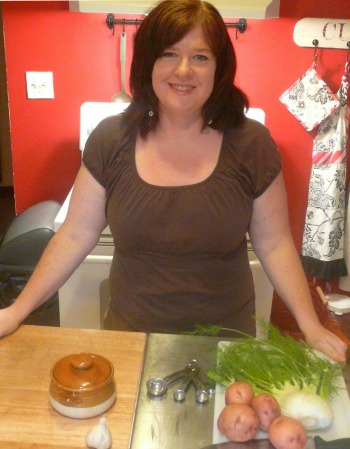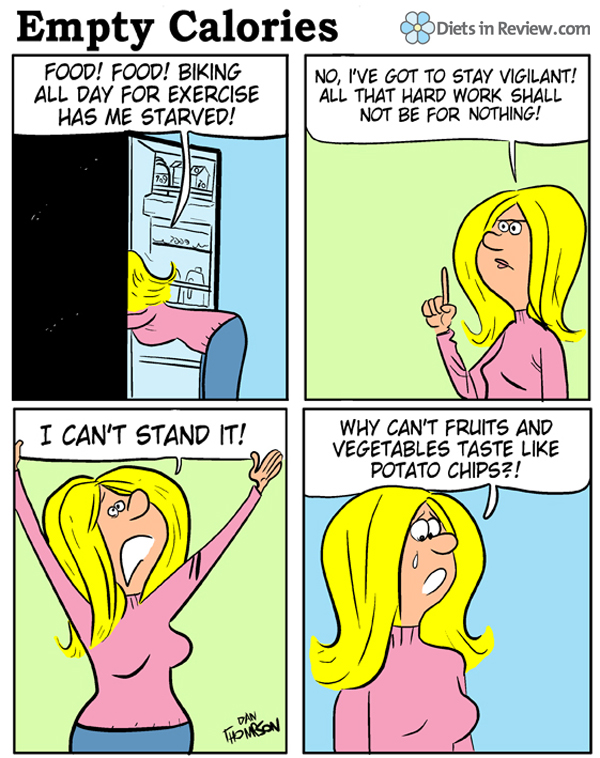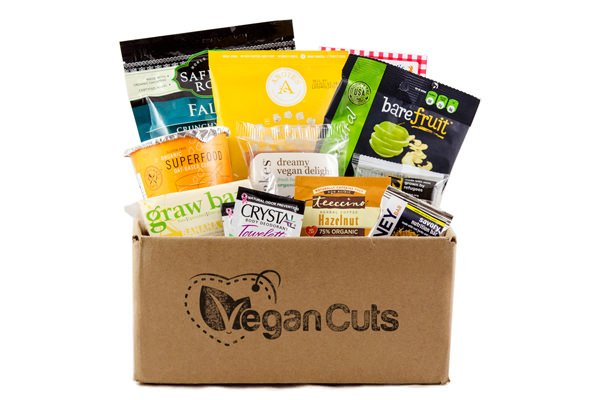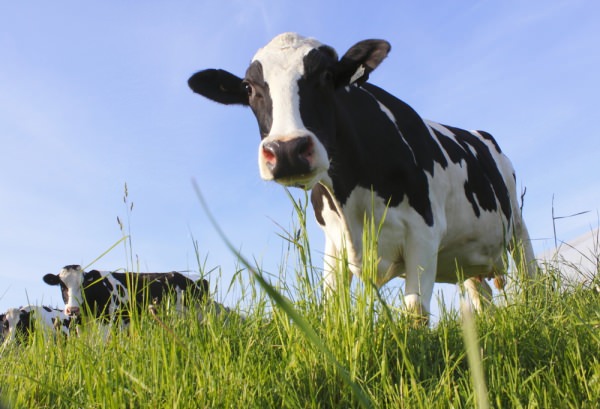The hypocrisy of pharmacies selling cigarettes at the very register where customers can also buy their asthma and high blood pressure medications isn’t lost on many, and certainly calls in to question claims of being a health care partner and advocate. So in that vein, maybe it’s not so far-fetched that Walgreens is peddling junk food to kids.
Last weekend I made a quick pit-stop at Walgreens to grab a number five candle for my niece’s birthday party. I overheard the cashier ask the customer in front of me, “Would you like to donate a dollar to put a bag of Doritos in our backpack program?”. I shook out of my daze, certain I’d misunderstood. The customer agreed and the cashier moved a bag of Doritos from the display pile on her left to the donated pile behind the counter on her right. When I was asked, I politely declined.

Right on the counter was a huge yellow sticker promoting the drug store’s “School Supply Drive,” with pictures of pens, markers, scissors, and glue. It explained that 100% of my donation would go to the Kids in Need Foundation and help outfit at-need kids for their trips back to school. Had I been asked to give a dollar toward this, I’d have probably given two. Had I been asked to give a piece of fruit, a jar of peanut butter, maybe a box of cereal, I’d have said yes. But I absolutely will not spend a dollar to give any kid a bag of Los Tacos or Nacho Cheese Doritos.
I called back later and asked to speak to a manager, and Jennifer explained the Doritos promotion was exclusive to her store in Moore, Oklahoma and not part of the national donation drive, which is actually putting much needed school supplies in the hands of needy kids. Jennifer then said the store approached their regional food bank with an offer for the donated Doritos, to which, according to her, the bank said “great, awesome.”
Those bags of Doritos customers believe are going to fill backpacks for children? They aren’t going to make it that far. (more…)










